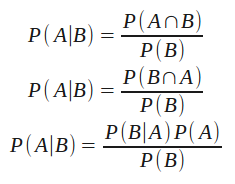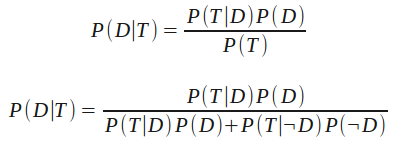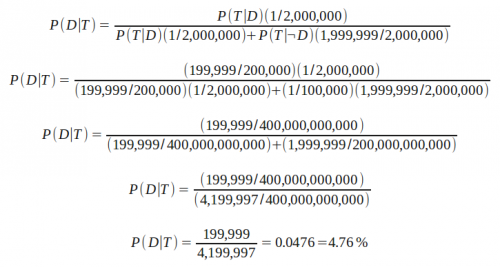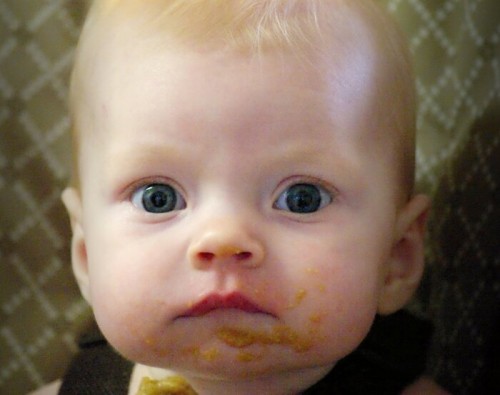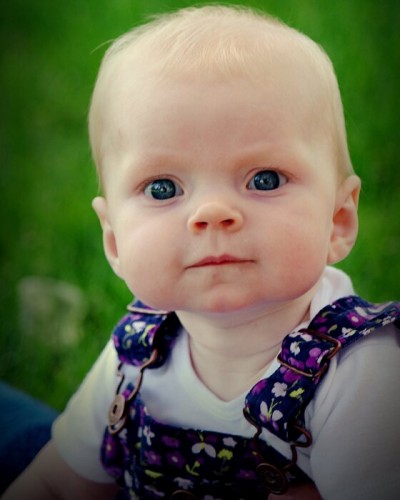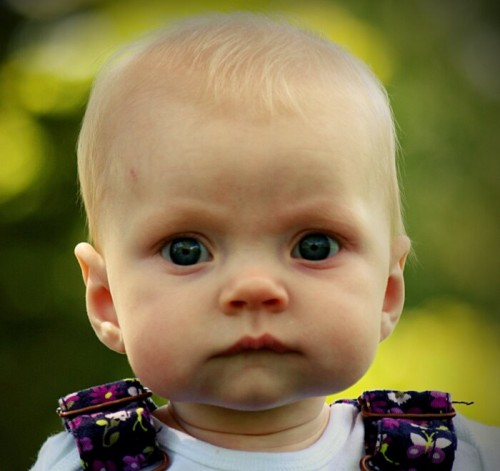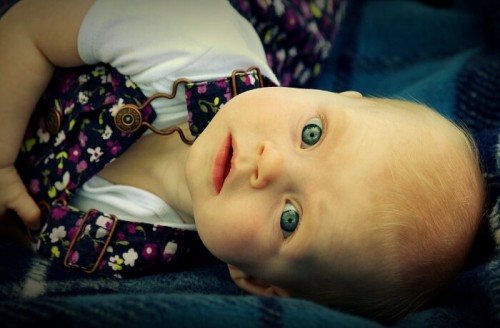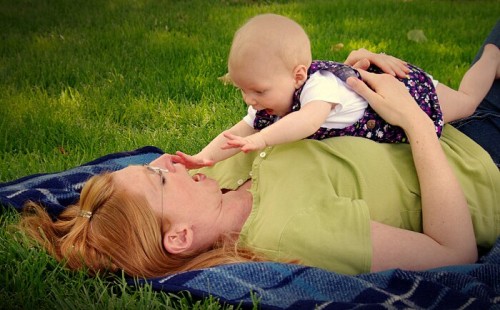Along with Bayesian reasoning, I think jury nullification is a topic that is important, yet widely unknown. While somewhat controversial, I’ll present my viewpoint and why I think it’s important. Before I start, I will note that I’m not a lawyer, and I’m limiting my discussion to criminal trials because the laws surrounding civil trials are different.
Borrowing from Wikipedia: “Jury nullification is a constitutional doctrine which allows juries to acquit criminal defendants who are technically guilty, but who do not deserve punishment. It occurs in a trial when a jury reaches a verdict contrary to the judge’s instructions as to the law.” That is, a jury, though believing the defendant is guilty under the law, refuses to return a guilty verdict because they disagree with the law.
It certainly can be abused to allow criminals to go free who should be convicted, but I think far more important is that it can be used as another check and balance to protect the people from unjust laws.
What’s particularly interesting is that jury nullification isn’t something that can be outlawed without inherently jeopardizing the jury system at large. What I mean is that jury nullification isn’t a thing that was specifically created, it’s more of a necessary side effect of having juries who can return verdicts without coercion.
In the United States, it is illegal to punish a jury member for the returned verdict. I would hope that it is obvious why this law is necessary. No jury could return an impartial verdict if they fear retribution. Of course, there are laws against jury tampering as well, but the difference is that I could fear punishment without prior threat. For instance, without this law one could be fired by one’s employer after serving on a jury because one’s employer didn’t agree with the verdict. For juries to even pretend to be impartial they can’t be worrying about such consequences while deliberating.
In the United States, the other law necessary to create the opportunity for jury nullification is codified in the Fifth Amendment: “[N]or shall any person be subject for the same offence to be twice put in jeopardy of life or limb…” Once a jury has returned a legitimate verdict the defendant can’t be retried for the same crime. Without this law a judge could simply continue issuing a new trial until the desired verdict was returned–effectively stripping the jury of any power.
With these two laws, jury nullification comes into existence as a possible avenue of justice and injustice.
Personally, I consider the benefits of jury nullification to outweigh the risks. But that may be due to my predilection for the idea that it is better to let 10 guilty persons go free than to convict 1 innocent person. I realize that many people feel instead that it is better to convict 10 innocent persons than allow 1 guilty person to go free, but I think that’s rather sad (and perhaps a reason the U.S. has more prisoners than any other country in the world whether you measure per capita or absolute numbers).
The risk of allowing jury nullification is that like-minded individuals can allow criminal behavior by refusing to find defendants guilty when tried. For example, an all-white jury of racists may refuse to convict a white person of murdering a black person. This is clearly a bad thing and a failure of the justice system. Yet this is entirely possible and legal because of the concept of jury nullification.
The benefit of allowing jury nullification is that like-minded individuals can protect themselves from an oppressive government. For example, were the government to enact a law making it illegal to refuse a body search at airport security a jury could simply refuse to convict anyone tried under that law. (What I find interesting is that this currently is law, yet the people that have broken it have never gone to trial. I think the prosecutors are afraid jurors might refuse to convict and then airport security will look even stupider than they already do. The most they’ve ever done is threaten a civil suit, which don’t “suffer” from jury nullification because in civil suits the judge can override the jury.)
Of course, jury nullification only works if citizens are actually given jury trials for their crimes. So when the government reclassifies you from citizen to terrorist and hands you over to the military for indefinite detention without a trial you’re kind of out of luck. I see this as a flaw rather than a feature.

